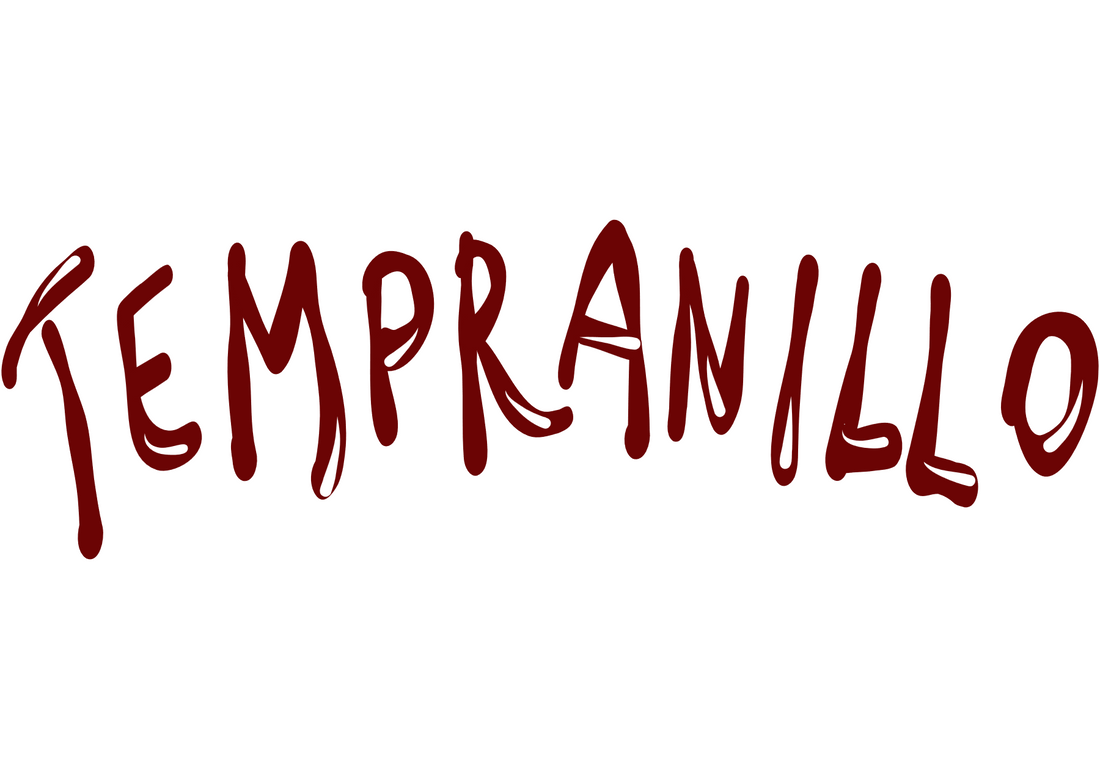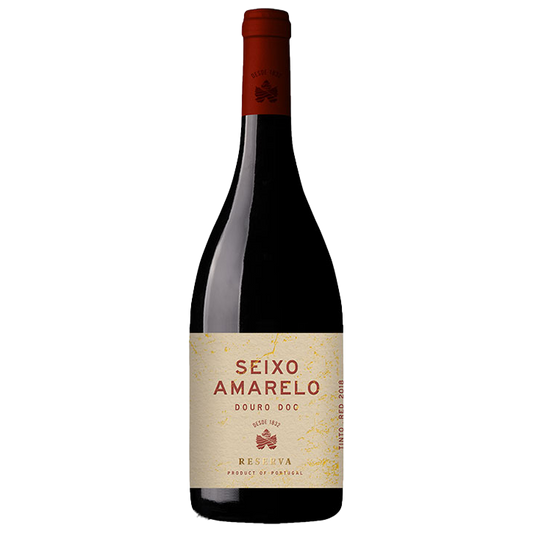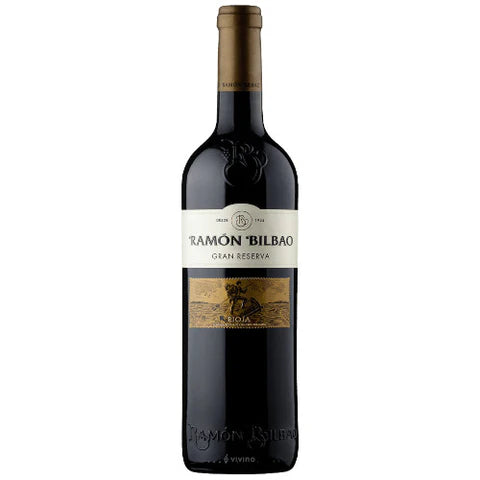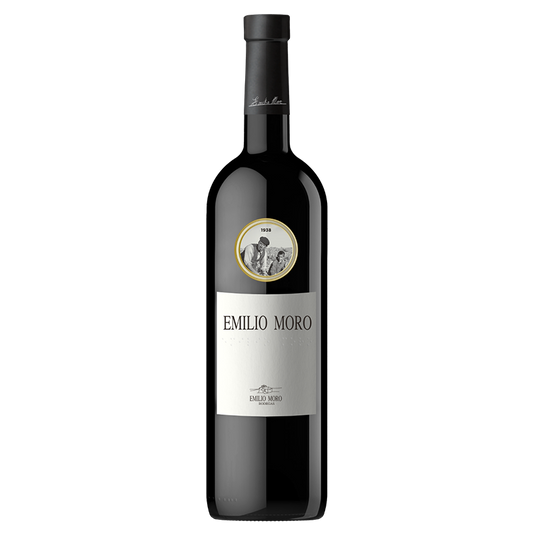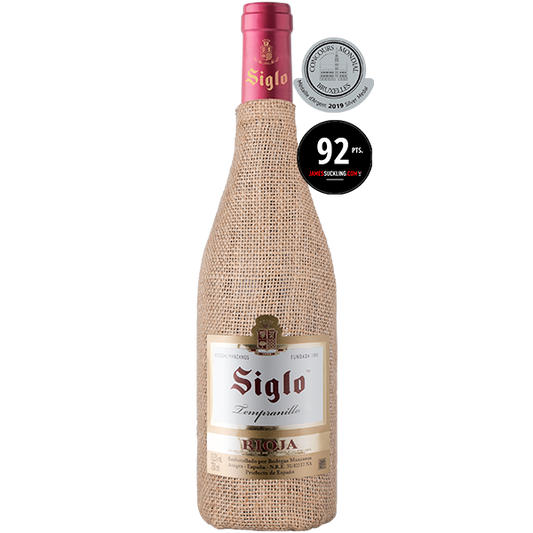Tempranillo is the fourth largest grape varietal farmed in the world. Its synonymous with some of the finest red wines from Spain but widely planted in Portugal and popular in South Australia and South America. It's a very versatile variety that expresses many characteristics depending on soil, climate and altitude. It's a grape that also benefits and develops very well with ageing.
Young unoaked Tempranillo or Joven as it's known in Spain delivers fresh vibrant fruits like cherry, plum, raspberry and fig with hints of leather, cedar, spice and vanilla and these flavours evolve with ageing in oak especially. Aged Tempranillo like Crianza Reserva and Gran Reserva wines will get lighter in colour with more brickie tones richer older fruit flavours and lots of vanilla leather and spice on the finish.
Tempranillo Food Pairing
Tempranillo pairs well with all types of food because of its savory qualities. Regional Spanish cuisine, which includes roasted vegetables grilled and cured meats, like the lusty Jamón Iberico creates an exceptional pairing. However, the wine is diverse and not only pairs with local Spanish food, but it also works well foods from all over the globe. Barbeque meats and grilled seafood also work very well and Tempranillo can cut thru very rich flavoured foods like Indian Tandoori meats. Try sourcing some nice Spanish Jamon and other meats and some delicious aged Manchego cheese and olives and enjoy with whichever Tempranillo you choose.
Lamb is an amazing meat to pair with aged Tempranillo. a suggestion is to marinate in a blend of Balti paste, lots of Fresh Mint, Honey, Garlic and Olice Oil. Grill on a Barbeque and serve with grilled baby potatoes and Salad and make a Fresh dip combining Creme Fraiche Mint and fresh Chilli for a delicious accompaniment.
What to Look For When Buying Tempranillo
If you’re buying Spanish Tempranillo, it’s helpful to understand the labeling requirements and how they affect the flavour. There are 4 legal aging terms that are listed on most bottles of Spanish wine. These will always be visible on the back label of Spanis wines- Vin Joven: Rarely aged in oak, Vin Jovens are released young and meant to be consumed right away. These are uncommon outside of Spain.
- Crianza: These reds require 2 years of aging, with 6 months in oak. Traditionally, producers use American oak, which is much stronger than other types of oak (such as French oak).
- Reserva: These are reds that are aged 3 years, with 1 year in oak. These wines are a big step up in quality and have rich, round flavors because of the minimum oak requirement.
- Gran Reserva: Reserved for wines from phenomenal vintages and aged a minimum of 5 years before release with 18 months of oak aging, most producers will do 20-30 months in barrel to create the outstanding flavor.
Whilst Rioja is the most common and highly regarded wine region in Spain areas like Ribera del Duero and Toro are now as popular with consumers. Regional areas like Valencia and smaller regions like Cigales and Priorat make superb wines some adding other varietals to enhance the wines. The vastly differing soils and climate and altitude produce distinct differing wines some silky smooth and often adding more body to the wine. Across the border in the Douro region of Portugal, famed for its Port wine, the use of Tinto del Toro as it is known blended with local varietals like Touriga Nacional and Tinto Roriz are producing some very popular wines so look out for these on the labels. Look out for Tempranillo from some of Australias bigger wineries and also some South American producers are blending Tempranillo to produce distinct wines.
Above all enjoy the journey Tempranillo will bring you on.

